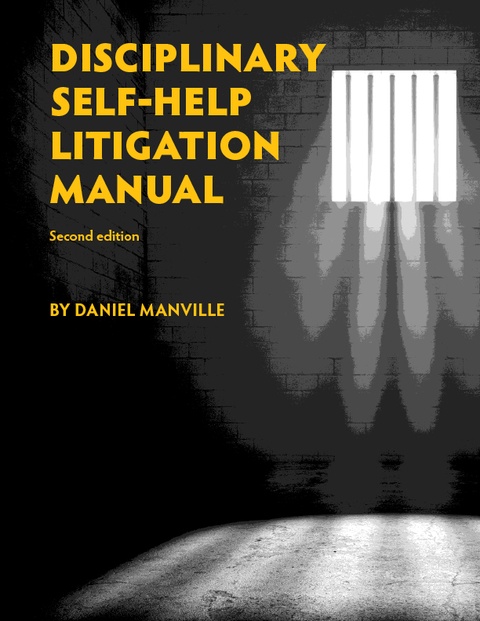The Infuriating History of Why Police Unions Have So Much Power
The uprisings of 2020 might have finally cracked their invulnerability.
by Samantha Michaels, Mother Jones
As the year 1990 came to an end, a fight broke out during a New Year’s Eve celebration at the Juke Box Saturday Night bar in downtown Minneapolis. A 21-year-old white student grabbed Michael Sauro ...





